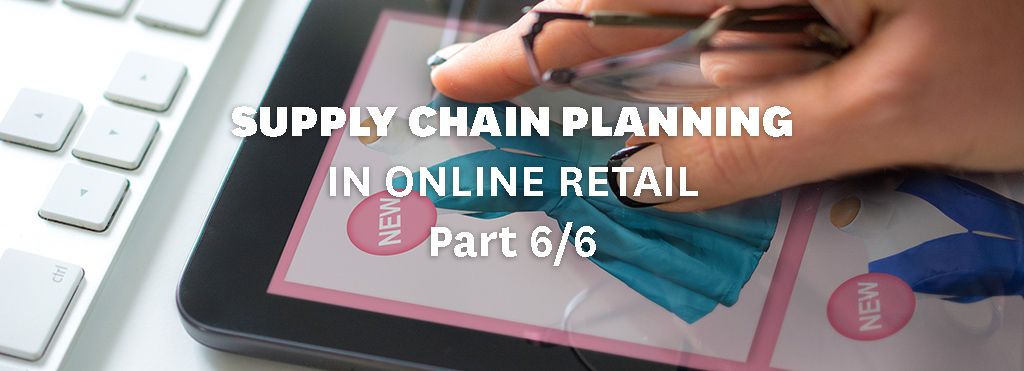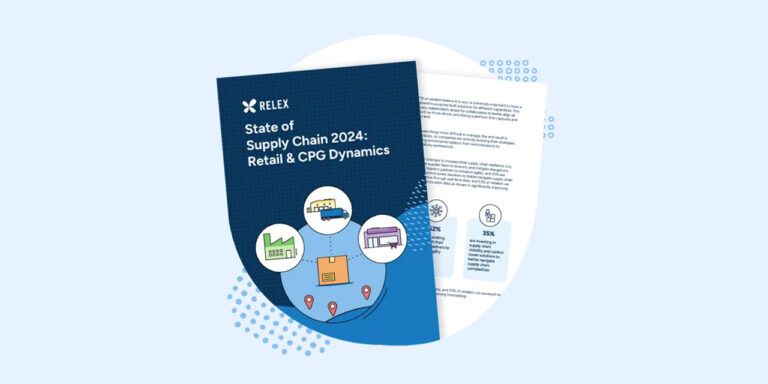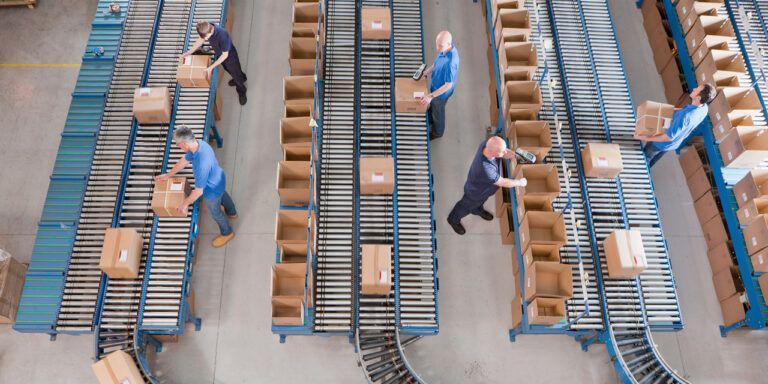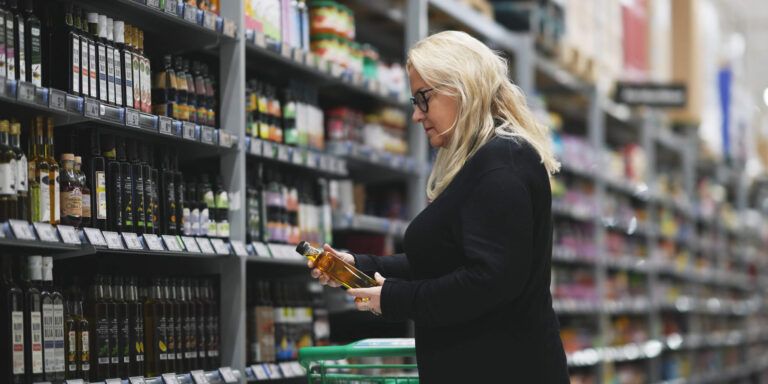This is the sixth and last article of a six-part series about supply chain planning in online retail by Tommi Ylinen, our VP Product. The series will consider how to manage the unique challenges online retailers’ face, from assortment decisions to forecasting for different delivery methods.
In my earlier posts I’ve provided a view of the online world that is somewhat simplified, as I have mainly treated online retailing as synonymous with home delivery. It obviously is much more than that, as these days there are multiple delivery options: customers can still choose delivery to their door step, but equally they can pick items up from a store, a special collection point, or sometimes even the warehouse. Nothing in my earlier posts runs counter to this but of course the more options you offer the more complex the supply chain becomes, and that complexity also has implications for the planning side of things.
The more options you offer the more complex the supply chain becomes.
In most cases a business’s basic operations are unaffected by the choice of delivery method: a retailer sells goods on its website and then delivers them to the customer from its warehouse. Just the delivery address varies. To get a clearer overview of the importance of different delivery options within a business, it is often useful to use the relevant data in your supply chain system to analyse and report on the share and changes in usage patterns of different methods. In some instances it might even be useful to forecast different methods separately as it would enable you to plan your delivery operations more accurately and spot changes in the market more quickly.
With the ‘click & collect-from-store’ model, adding collection information to each store’s sales figures (as a separate time series) can also be useful as it gives you a better idea of which stores are the most popular collection points. The data could even be linked to assortment management: if a certain item is ordered for collection from a particular store with a certain degree of regularity that item could then automatically be added to the store’s assortment. That both saves on future delivery costs and ultimately protects a businesses’ margins.
With the ‘click & collect-from-store’ model, adding collection information to each store’s sales figures can also be useful.
Especially in e-grocery, click & collect varies a little from the norm as goods are actually picked from a store, rather than delivered from a warehouse. In such a model you would need to organise the process slightly differently: in order to make sure there is sufficient stock in store, it’s necessary to combine click & collect orders with the store forecast, and integrate the order and inventory management process to include online sales.
In general it is important to build a planning set up for each situation, starting from the primary needs you have identified. With today’s forecasting systems it is easy to have several, overlapping forecasts for different purposes, so it is vital to understand what actually drives the operational actions and focus on those drivers first.
Is your supply chain optimised for online?
Our ‘Supply Chain Planning in Online Retail’ ebook covers five steps to improve inventory management in your e-commerce operations. Read it to find out more.




